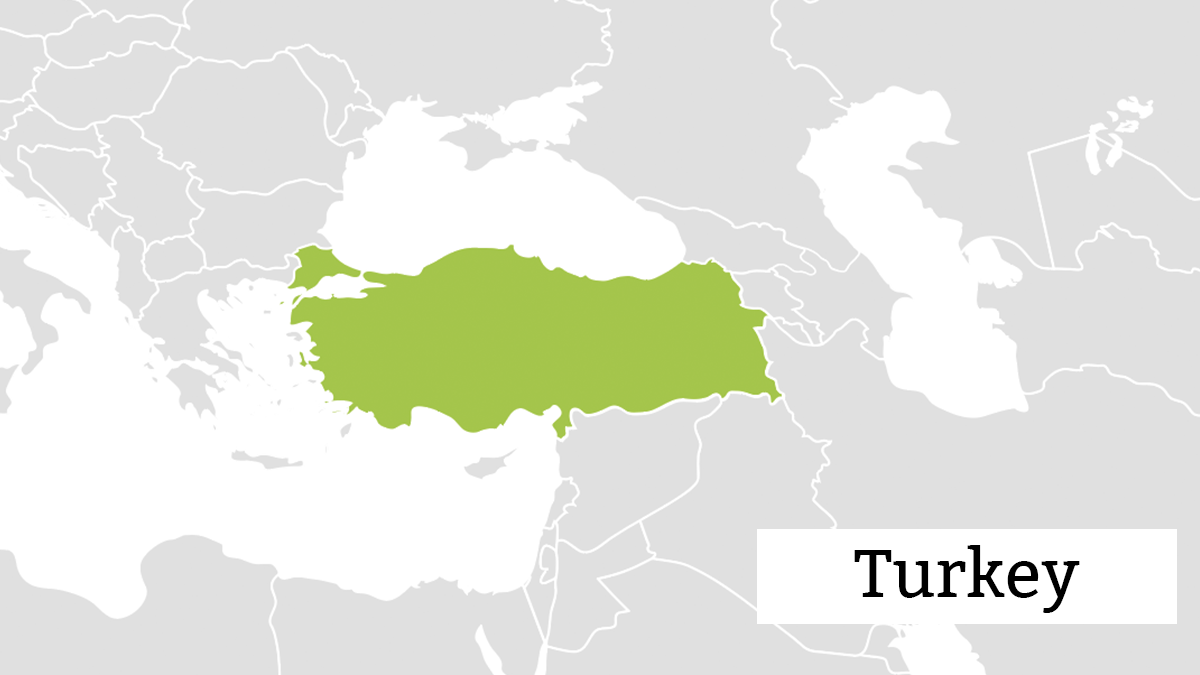
Liberalisation in the Turkish telecom sector began with a concession agreement signed with two GSM operators in 1998. The Telecommunications Authority, responsible for regulating and monitoring the telecommunications market, was founded in 2000; it was renamed the Information and Communications Technologies Authority (ICTA) in 2008 by the adoption of the Electronic Communication Act.
All these reforms had important economic implications on the internet and broadband market. The number of xDSL subscribers increased 32%, from 5.9 million in 2008 to 7.8 million in 2016. While there were no fibre broadband subscribers in 2008, there were more than 1.9 million fibre subscribers in 2016. Similarly, the number of cable internet subscribers increased from 67,000 in 2008 to 737,000 in 2016. More importantly, the number of broadband internet subscribers increased from 6 million in 2008 to 62.2 million in 2016, in large part due to greater 3G penetration.
Despite the above, the telecommunications sector had important challenges that needed to be properly addressed. The sector remained largely stagnant, growing from 14.98 billion Turkish Liras (TL) in 2003 to 15.55 billion in 2016 (real growth inflation-adjusted). In 2016, Turkey had one of the lowest fixed broadband penetration rates among OECD countries, with a penetration rate of just 13.2%, compared to OECD average in 2016 of 29.3%. Additionally, the share of the telecommunications sector as a percentage of GDP decreased from 3.3% in 2003 to 2.4% in 2016. All these indicators show that the sector has experienced a long-term challenge stemming from several factors, including a lack of competition in the telecommunications market, the rising dominance of mobile over fixed connectivity, and the emergence of over-the-top (OTT) services.
The government saw an opportunity to reset its agenda with a new national broadband plan and to accelerate internet connectivity and affordability for users.
Turkey adopted its National Broadband Strategy and Action Plan (NBSAP) for the period of 2017-2020, after a long public consultation process. The draft had been prepared by the Ministry of Infrastructure and Transportation and other stakeholders, including network operators, telecommunications associations, relevant public authorities, and academia, who were invited to participate in the public consultation process. The Ministry took into account the European Union’s broadband goals for 2020 and 2025, the Turkish government’s own Development Plan and Government Programme, along with the goals set by the Transportation, Maritime Affairs and Communications Forum. The plan, which was published in the Official Gazette in 2017, set outs basic principles:
- Improve nationwide broadband infrastructure;
- Reach nationwide penetration of fibre access;
- Improve broadband connection capacity and speed;
- Develop a competitive and market-oriented sector; and
- Increase the demand for broadband internet services.
| Broadband Goals within Turkey’s National Broadband Plan | ||
| Goal | By 2020 | By 2023 |
|
Fixed Broadband Penetration |
20% | 30% |
|
Mobile Broadband Penetration |
80% | 100% |
|
Internet Use |
70% | 80% |
|
Fibre Internet Subscribers |
5mn | 10mn |
|
Households with Broadband ≥100Mbit/s |
50% | 100% |
|
Households with Broadband ≥1Gbit/s |
0% | 20% |
To reach these goals, the plan lays out 25 action items under three strategic areas. Its strategic goals are based around generating both supply and demand for broadband services. Actions to generate demand for broadband services cover several measures, such as mitigating taxes and other financial burdens faced by the operators and consumers, incentivising the creation of Turkish content, and facilitating access to broadband services for persons with disabilities and persons who need social assistance. Actions to generate supply for broadband services include adopting new policies and regulations to accelerate broadband investments and improve broadband infrastructure, such as revisions of rights of way, the promotion of infrastructure sharing regulations, and the creation of financial support models in regions where it is not financially feasible to create broadband infrastructure.
In addition, the plan aims to facilitate its goals by decreasing tariffs for end-users, seeing this as a mechanism that requires both supply-side and demand-side interventions.
The plan maps out the goals for the sector, sets out responsibilities for the Ministry, the regulator, and other organisations contributing to the work, and establishes which actions will be taken by which organisation, with a start and an end date for each Action Item. The plan also established a Broadband Strategy Monitoring Board to periodically monitor the plan’s progress.
